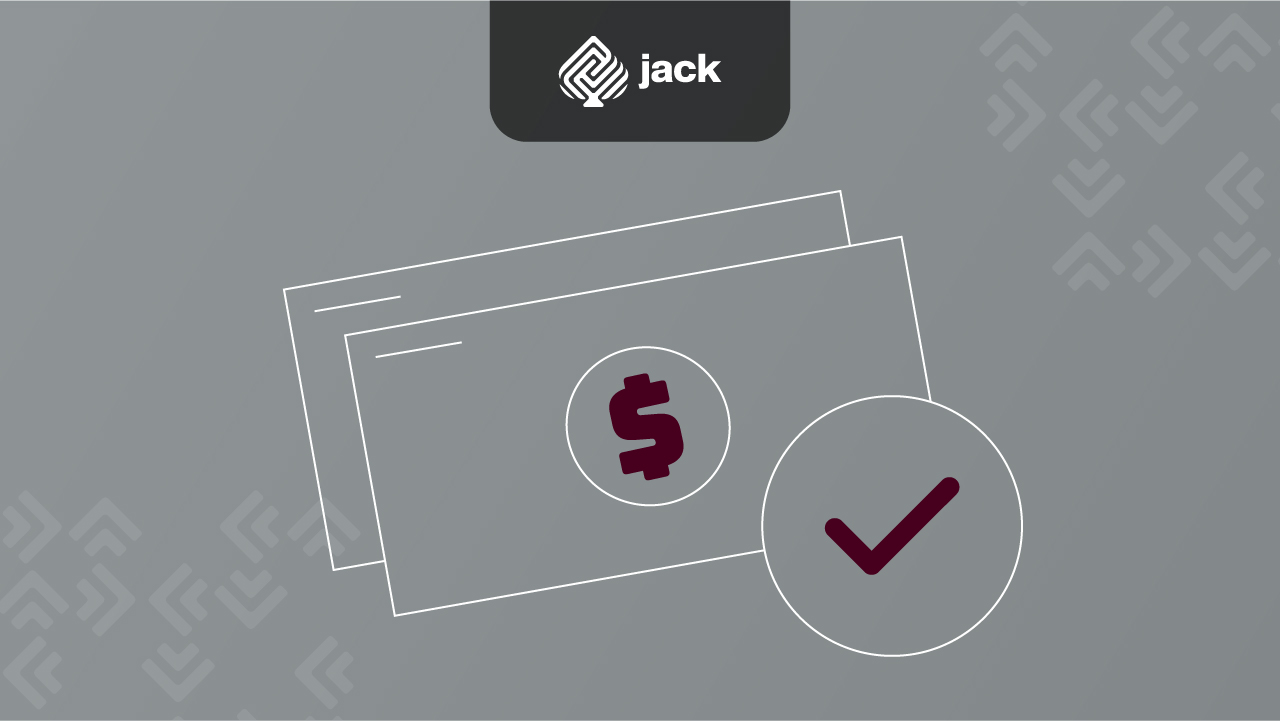In the realm of accounting, the term “receivables” is quite familiar. It’s commonly found in trade transactions and bookkeeping. One type of receivable that can be formally recognized by a company is bills receivable.
See Tutorial Account Verification Jack
By delving into the recording of bills receivable, you can gain a deeper understanding of the concept of receivables. To learn what bills receivable are and the types that can be accepted, read the following discussion.
Definition of Bills Receivable
Bills receivable are part of an asset. This type is essentially a receivable from another company’s invoices, with no cash reserve in the transaction. As such, the creditor has the right to receive a payment in the amount specified on the document or letter.
For instance, when purchasing office equipment on credit, you may receive a document that needs to be signed. From the buyer’s perspective, this would be referred to as a “bill to pay,” while the seller would term it a “bill to collect.”
This bill to collect is also recorded in the books because it increases the company’s property or assets.
Functions of Bills Receivable

This document of receivables serves two important functions in the business world. The first function is to provide proof of a transaction, ensuring that the receivable can be acknowledged and used as a powerful tool for collections.
The second function is as collateral for obtaining a loan. For instance, if you need quick capital but your business cash flow is problematic, you can use these bills as collateral to secure a loan. Eventually, the loan will be repaid by clients who owe your business.
Types of Acceptable Bills Receivable

In essence, there are two choices for acceptable bills receivable. These are explained below.
1. Bill to Collect
Firstly, there’s the bill to collect, which falls under the category of receivables that a company can accept. This bill is issued to another company that owes your company money.
In other words, this bill to collect is a document issued by another company that hasn’t yet made payment upon the delivery of goods. This document serves as the basis for posting the receivables on your books because your company is the creditor.
Based on interest imposition, bills to collect are divided into two types: interest-bearing and non-interest-bearing bills. Interest-bearing bills involve a specific interest rate, usually expressed as a percentage. However, clear notation of how the interest is calculated must be provided for interest-bearing bills. Typically, periodic interest is earned through investments like bonds or certificates of deposit, with regular payments.
Conversely, non-interest-bearing receivables are not tied to a specific interest rate and its recording. These typically fall under the category of non-interest-bearing debt. The payment amount specified must be paid by the company within one year or the agreed-upon term without interest, depending on both parties’ agreement.
2. Bill to Pay
Essentially, bills to pay are similar to bills to collect mentioned earlier. In fact, the documents may appear the same and fall under the category of receivables a company can accept. The key difference lies in the recipient of the bill. If a bill to collect is issued to the lending company, then a bill to pay is issued to the company borrowing the money.
If a bill to pay is scheduled for repayment within a year, it will be classified in the balance sheet as a current liability account. However, if the repayment period is over a year, it will be reported as a long-term liability.
When a bill to pay becomes due, there are instances where the borrowing company cannot repay it on time. In such cases, the bill can be classified as a trade payable, and the receiving party of the bill can levy additional charges like administrative fees.
With these bills receivable, the lending company gains financial reporting certainty and can feel secure in providing loans to other companies. This is due to the presence of a binding agreement along with collateral in the form of assets that can be utilized in case payment problems arise in the future.
Components of Bills Receivable

As previously mentioned, Bills Receivable can serve as evidence of payment receipt. Therefore, these bills have several components that must be fulfilled as follows:
- Payee: This is the party who is owed the payment. The payee holds the bill to collect.
- Drawee: This is the party requested to make the payment on the bill, also known as the borrower or debtor.
- Principal: In simple terms, the principal is the amount of cash given by the payee to the drawer, which is to be repaid by the end of the term, either in instalments or at once.
- Term/Time Frame: This is the duration the drawer has to repay the bill. The maturity date of the bill, or the stated date, occurs at the end of the bill’s term or duration.
- Interest: This is the cost paid by the drawer to the payee, in addition to the principal amount. It represents the cost of borrowing money.
- Interest Rate: This is stated within the bill on an annual basis. The interest rate is applied to the principal loan amount to determine the amount of interest that must be paid by the drawer.
Characteristics of Bills Receivable in Bookkeeping
Receivables that are acceptable, such as bills, also have specific characteristics. Some characteristics of bills receivable in bookkeeping are as follows:
- Bill journals are presented and attached from the lender’s side.
- Bills to collect are recorded on the debit side.
- Bills to collect are part of assets.
- Bills to collect can be identified by their maturity date.
Use Jack for Your Business Needs

This concludes the introduction to bills receivable and the types that can be accepted. Hopefully, this information is beneficial for all readers.





